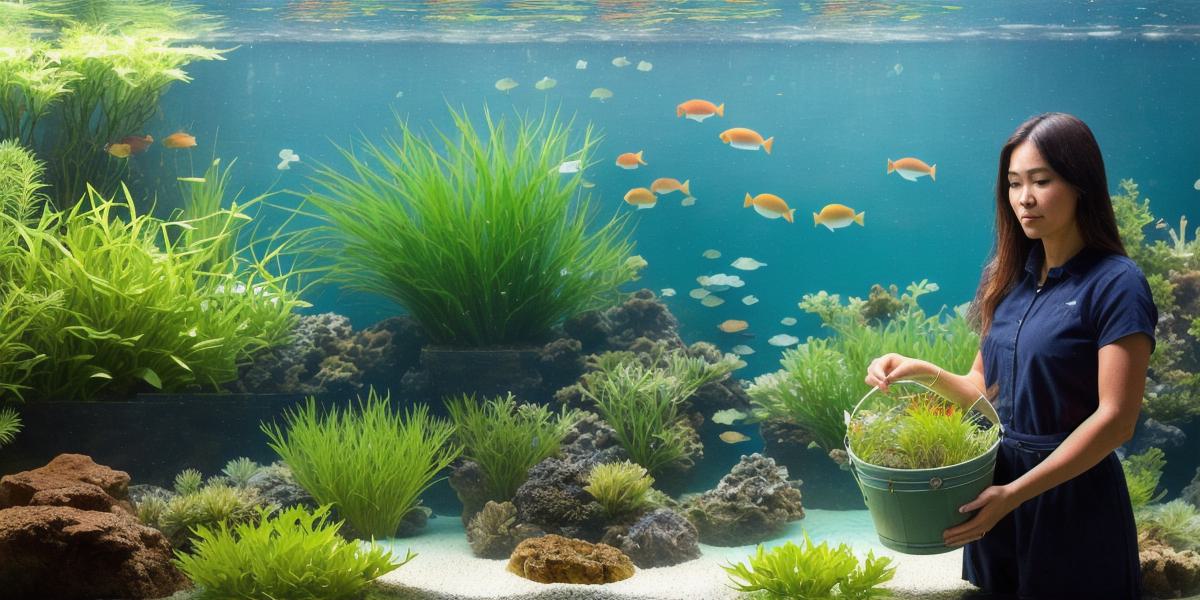How to Get Rid of Hydrogen Sulfide in Your Aquarium: A Step-by-Step Guide
Hydrogen sulfide is a common problem in aquariums, often causing fish and plants to become sick or even die. It’s a smelly and toxic gas that can be difficult to detect and remove. In this guide, we will explain what hydrogen sulfide is, how it forms in your aquarium, and how to get rid of it once and for all.
- What is Hydrogen Sulfide?
Hydrogen sulfide (H2S) is a gas that is often produced by bacteria in the water cycle. It can be toxic to fish, plants, and humans, causing respiratory problems, nausea, and even death. When hydrogen sulfide levels are high in an aquarium, it can cause a strong odor of rotten eggs or sewage.
- How does Hydrogen Sulfide Form?
Hydrogen sulfide forms when bacteria break down organic matter in the water, such as dead fish and plants. These bacteria produce a byproduct called hydrogen sulfide gas, which can quickly build up in an aquarium if not properly managed. When this happens, it’s important to take action immediately to prevent further harm to your fish and plants.
- How to Get Rid of Hydrogen Sulfide
There are a few different ways to get rid of hydrogen sulfide in your aquarium:
- Vacuuming and filter cleaning: Use a vacuum to clean the gravel and substrate, removing any dead organic matter that may be contributing to the buildup of hydrogen sulfide. Clean your filters regularly as well, ensuring they are free from any debris or algae.
- Water changes: Drain out some of the water in your aquarium and replace it with fresh, dechlorinated tap water or treated water. This can help to remove any excess hydrogen sulfide and other harmful chemicals from the water.
- Adding aeration: Install an air pump or bubble wand in your aquarium to increase the amount of oxygen in the water. This can help to reduce the growth of bacteria that produce hydrogen sulfide, as well as provide a more stable environment for your fish.
- Using a chemical treatment: There are several chemicals available on the market that can help to remove hydrogen sulfide from your aquarium. These products work by breaking down organic matter and reducing the amount of harmful gases in the water. Be sure to follow the manufacturer’s instructions carefully when using these treatments.
- FAQs
-
How do I know if my aquarium has too much hydrogen sulfide?
If you notice a strong odor of rotten eggs or sewage, it’s likely that your aquarium has too much hydrogen sulfide. You may also notice that your fish and plants are showing signs of illness, such as gills that are cloudy or leaves that are yellowing.
-
Can I use bleach to remove hydrogen sulfide from my aquarium?
Bleach is not a good choice for removing hydrogen sulfide from your aquarium, as it can kill beneficial bacteria in the water cycle and harm your fish and plants. Instead, consider using a chemical treatment specifically designed to remove hydrogen sulfide, or following the steps outlined above to clean your filters and vacuum the gravel.
